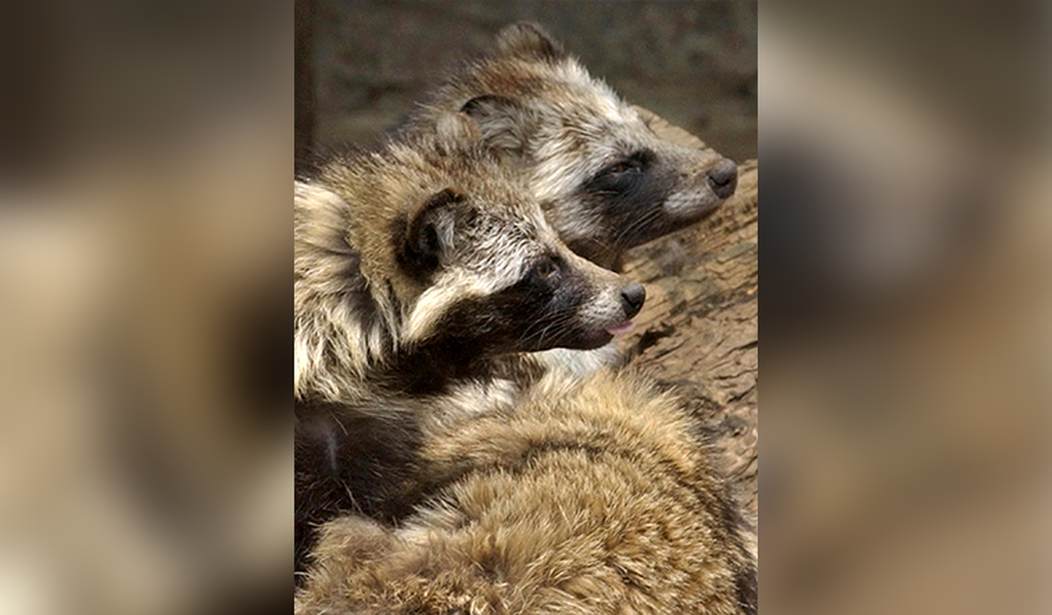Shortly after the first humans were infected with COVID-19 in 2019, Chinese scientists gathered DNA samples from surfaces at the Wuhan market, hoping to discover where the SARS-CoV-2 coronavirus came from.
In January of 2023, Chinese researchers finally uploaded these samples to the largest public virus database in the world, an open-access genomic database called GISAID. A trio of Western researchers — Kristian Andersen, Edward Holmes, and Michael Worobey — examined the data and were surprised to find loads of animal genetic material mixed in with the SARS-CoV-2 virus.
This isn’t exactly a smoking gun. But scientists quoted in The Atlantic claim that this is precisely what we’d find if COVID-19 had passed to humans from an animal at Wuhan.
Within about half a day of downloading the data from GISAID, the trio and their collaborators discovered that several market samples that tested positive for SARS-CoV-2 were also coming back chock-full of animal genetic material—much of which was a match for the common raccoon dog, a small animal related to foxes that has a raccoon-like face. Because of how the samples were gathered, and because viruses can’t persist by themselves in the environment, the scientists think that their findings could indicate the presence of a coronavirus-infected raccoon dog in the spots where the swabs were taken. Unlike many of the other points of discussion that have been volleyed about in the origins debate, the genetic data are “tangible,” Alex Crits-Christoph, a computational biologist and one of the scientists who worked on the new analysis, told me. “And this is the species that everyone has been talking about.”
One big caveat: none of the research has appeared in a peer-reviewed publication. And many scientists are wondering why the research uploaded to GISAID disappeared a few hours after it was posted.
At this point, it’s still unclear why the sequences were posted to GISAID last week. They also vanished from the database shortly after appearing, without explanation. When I emailed George Gao, the former China CDC director-general and the lead author on the original Chinese analysis, asking for his team’s rationale, I didn’t immediately receive a response. Given what was in the GISAID data, it does seem that raccoon dogs could have been introduced into and clarified the origins narrative far sooner—at least a year ago, and likely more.
The Chinese government refuses to change its narrative about the origins of COVID-19 being outside of China. They have stuck with that fairy tale from the beginning, and that’s probably why the genetic sequences were yanked from the database.
Related: House Votes Unanimously to Declassify Information on COVID Origins
“There’s a good chance that the animals that deposited that DNA also deposited the virus,” said Stephen Goldstein, a virologist at the University of Utah who was involved in analyzing the data. “If you were to go and do environmental sampling in the aftermath of a zoonotic spillover event … this is basically exactly what you would expect to find.”
However, there are other explanations for how the raccoon dog’s DNA could have gotten mixed in with COVID-19. A human already infected with COVID might have made contact with a raccoon dog. It’s also possible that another animal at the Wuhan market gave the coronavirus to the raccoon dog and it was passed to humans that way.
As far as debunking the lab leak theory, this new information comes up short in that respect. It does, however, give new life to the zoonotic origins of COVID-19. It also raises several tantalizing questions about what else has been withheld from researchers by the Chinese Communists because it might conflict with their origins narrative.










Join the conversation as a VIP Member